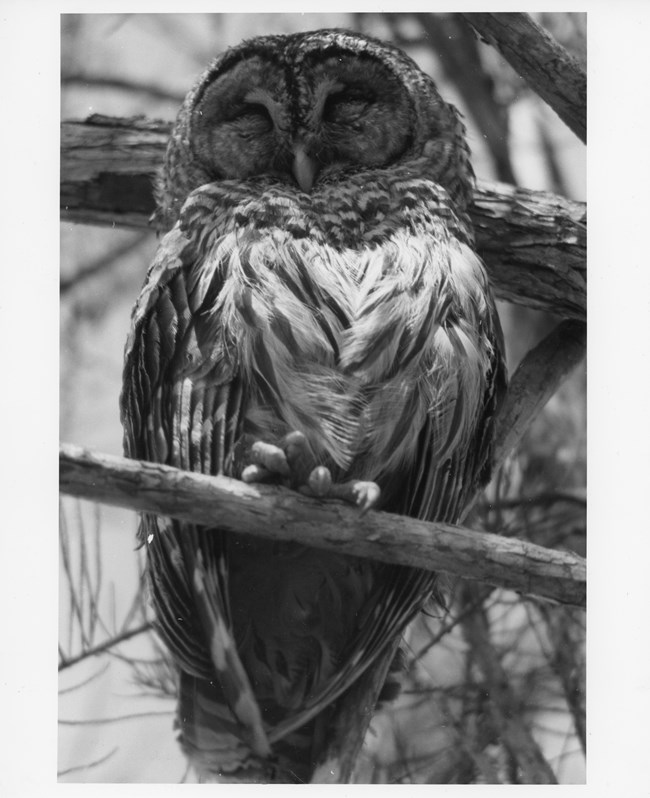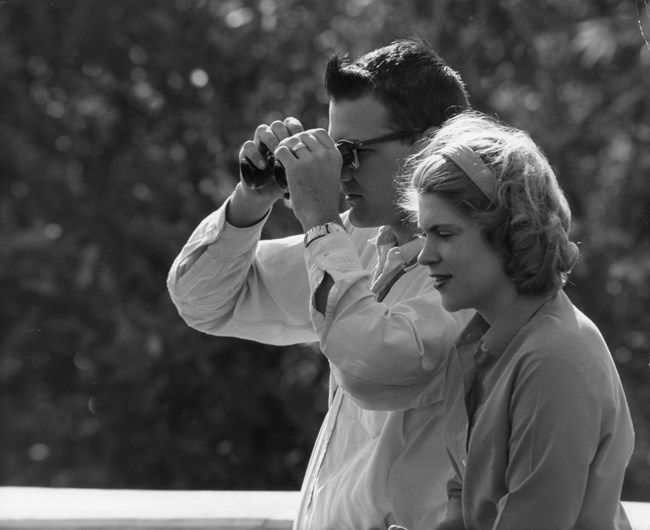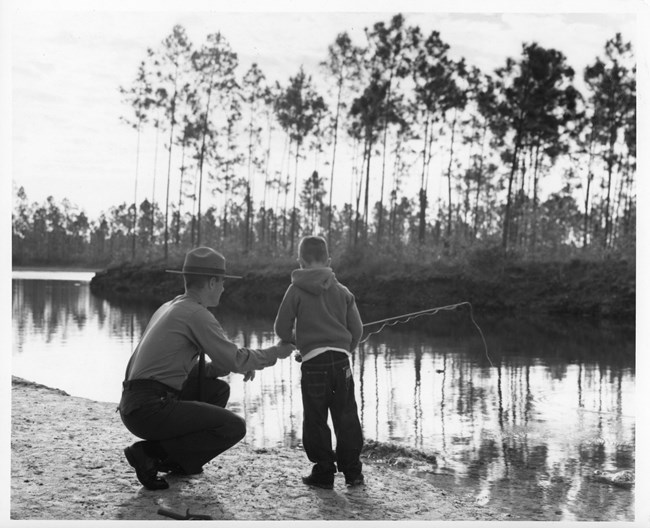Milo Woodbridge "Woody" Williams was a photographer and naturalist who held numerous positions that took him all over the world throughout his long career. A veteran, Williams served as a quartermaster on a ship that sailed from the Galapagos to Alaska during World War II. As part of the Army Air Corps, he studied marine biology at the Scripps Institution of Oceanography and also taught zoology at the University of Southern California. Later in his career, he worked as a photographer for the United Nations in Afghanistan and for National Geographic before eventually joining the National Park Service as a photographer in 1961.
Williams was drawn to little-known and scarcely documented regions, including the then-newly designated Alaskan parks. The photographs he created in these remote areas helped draw public attention to these incredibly scenic locations. His images were so emblematic that in 1972, President Richard Nixon gifted an album of Williams’ photographs to the Mellon and Rockefeller families and also to China's Chairman Mao Zedong. Upon his retirement in 1980, Williams served as the chief photographer for the National Park Service. He continued to create photographic art as a hobbyist until he passed away in 2012. Everglades National Park has over 100 images by Williams in its museum collection, ranging from landscapes to ranger interactions with visitors.

NPS photo by Woodbridge Williams (EVER 17476)
Barred owls stand out as some of the most noticeable birds in the Everglades, despite their nocturnal nature and silent flight. Their distinct call, prominent round faces, and dark eyes make them easily recognizable. They are also renowned for their lifelong mating habits.

NPS photo by Woodbridge Williams (EVER 17451)
The Everglades serves as a sanctuary for numerous bird species. Initial conservation measures were instrumental in protecting these birds from poaching. Today, the park boasts healthy populations of various bird species, including the great blue heron, the roseate spoonbill, and the great egret.

NPS photo by Woodbridge Williams (EVER 17459)
Fishing is a timeless activity passed down through generations. The Everglades offer a unique blend of fresh water from the north and saltwater from Florida Bay, creating a rich environment for fishing. With careful regulations in place to ensure sustainability, anglers can find an abundance of snapper, sea trout, redfish, bass, and bluegill. In this photo, a ranger shares fishing tips with a young enthusiast.

NPS photo by Woodbridge Williams (EVER 17478)
A frog perches on a leaf of the fire flag plant, which thrives in the wetlands of Florida. This plant is characterized by its purple blooms, slender stalks, and expansive leaves. Additionally, it serves as a habitat for purple gallinules and Brazilian skipper butterflies.
Last updated: February 20, 2025
